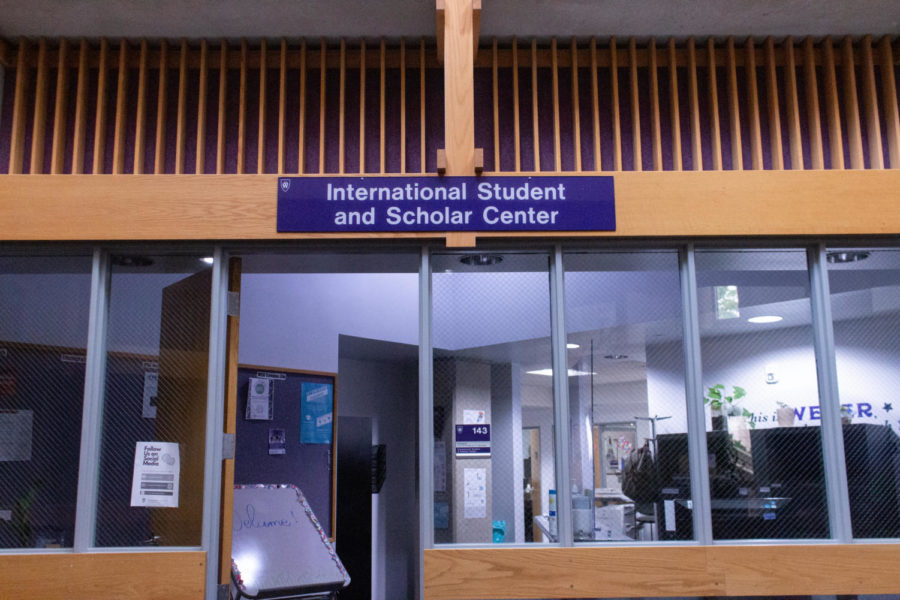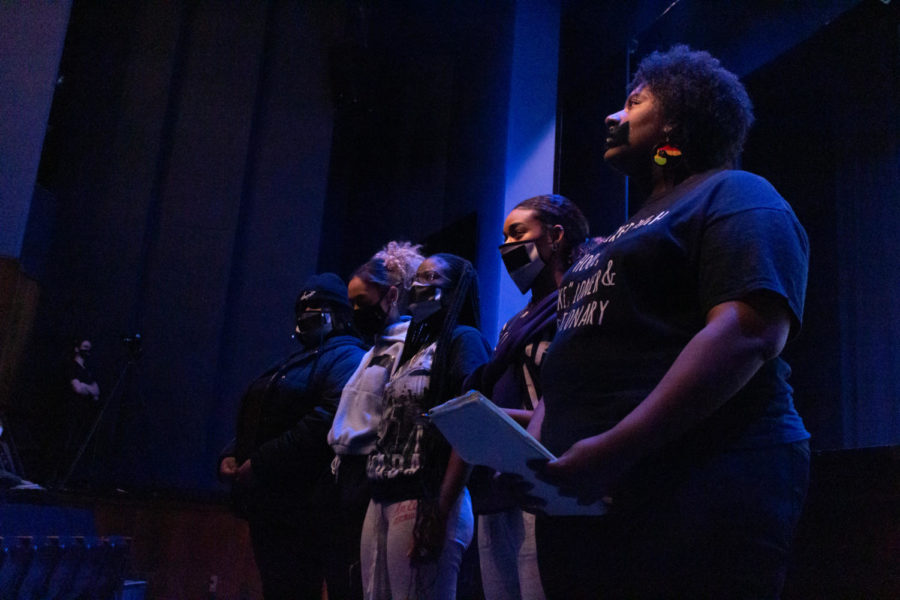From hazardous situations to hostile individuals, all kinds of disasters can occur on campus at any time. Though emergencies are relatively rare, drastic situations emphasize the need for campus safety.

“Disasters can always happen,” said Michael Davies, WSU emergency manager and patrolman. “We want to make sure students are ready for any sort of disaster.”
Starting this fall, Weber State University will continue its emergency exercise efforts by practicing Code Purple, a notification system aimed to prepare students for emergencies.
Davies hopes Code Purple will not only make students aware of incoming disaster, but also help students take appropriate actions in different scenarios.
“The point of Code Purple is to keep the campus informed so that students can make decisions about their safety,” Davies said.
According to WSU police department, Code Purple is a new technological system that sends voice and text messages to alert students about any safety issues that might occur on Weber State campus.
With this new system of text messaging, WSU aims to achieve widespread and rapid emergency notification alerts.
“As soon as the police department took over and merged with emergency management, we saw a need to be able to get emergency messages out to the campus community as quickly as possible,” said Davies, who agrees that text messaging is more efficient than phone calls during an emergency.
“In an emergency, sometimes you can’t call or get calls in,” he said. “For whatever reason text messaging works.”
According to WSU Office of Emergency Management and Planning, Code Purple will also consist of three basic concepts designed to keep people safe during an emergency: evacuation, lockdown and shelter in place.
Via text messaging, Code Purple will inform Wildcats which procedure to follow during a situation. Starting this fall, WSU’s Office of Emergency Management and Planning will perform a drill to practice lockdown and shelter in place.
“It will take only a few short minutes, but it will give you an opportunity to think about your safety and what you should do in your classroom or office in the event of an emergency,” said the Wildcat Preparedness letter.
However, according to Davies, one of their goals this fall is to educate the campus community about the difference between lockdown and shelter in place. It is a critical step for the emergency management and planning staff to inform students of the different instructions that go along with each procedure.
“It’s just another safety measure that we’re trying to put forth for the faculty, students and staff,” said Davies.
Despite new changes this year, Weber State is continuing their safety practices based on training exercises performed last summer. The WSU Ogden Campus showcased a full-scale, active shooter exercise that showed the importance of campus collaboration in a dangerous situation, according to the Wildcat Preparedness letter.
WSU’s Office of Emergency Management and Planning and the WSU Emergency Planning Committee are still seeking ways to improve preparedness by analyzing risk factors that could threaten the campus.
This list will consist of all the hazards that will be ranked based by a mathematical equation.
“This is very important in regards to training, as it allows the university to better identify how and what to exercise and how to best utilize resources,” read the Wildcat Preparedness letter.
For Davies, improving their safety practices is an ongoing process.
“It’s continuous planning. We’re always looking for ways to make (campus safety) better,” Davies said.
Along with expanding resources that will be available for students, emergency management and planning encourages students to utilize Code Purple in every way possible to prepare for risk and get instruction on how to stay safe.
“The point that I would like push is that people should sign up for the text-messaging aspect of Code Purple,” said Davies. “Our efforts right now are to make sure students sign up for Code Purple. Getting out those text messages is an importance for the faculty, students and staff at Weber state.”






